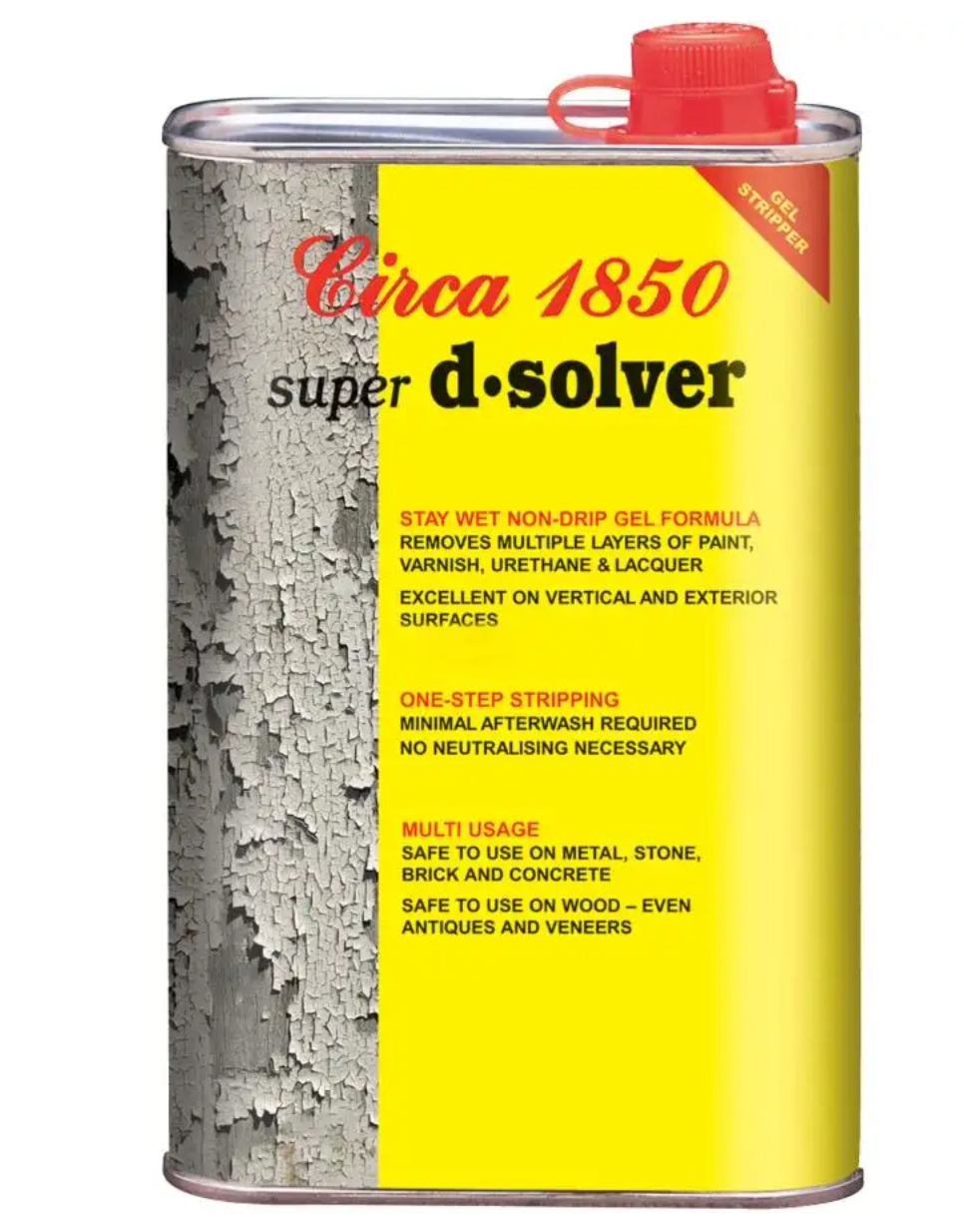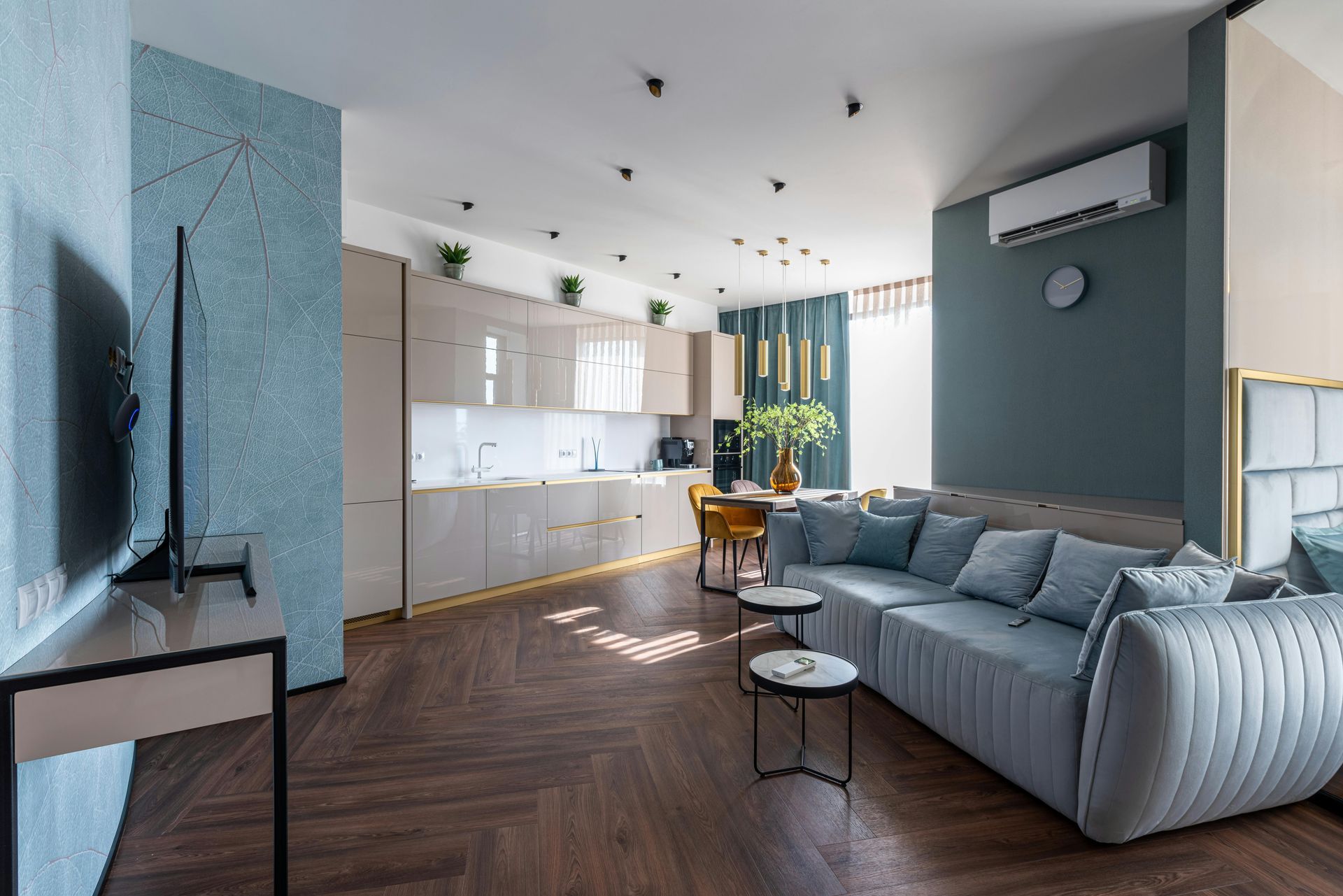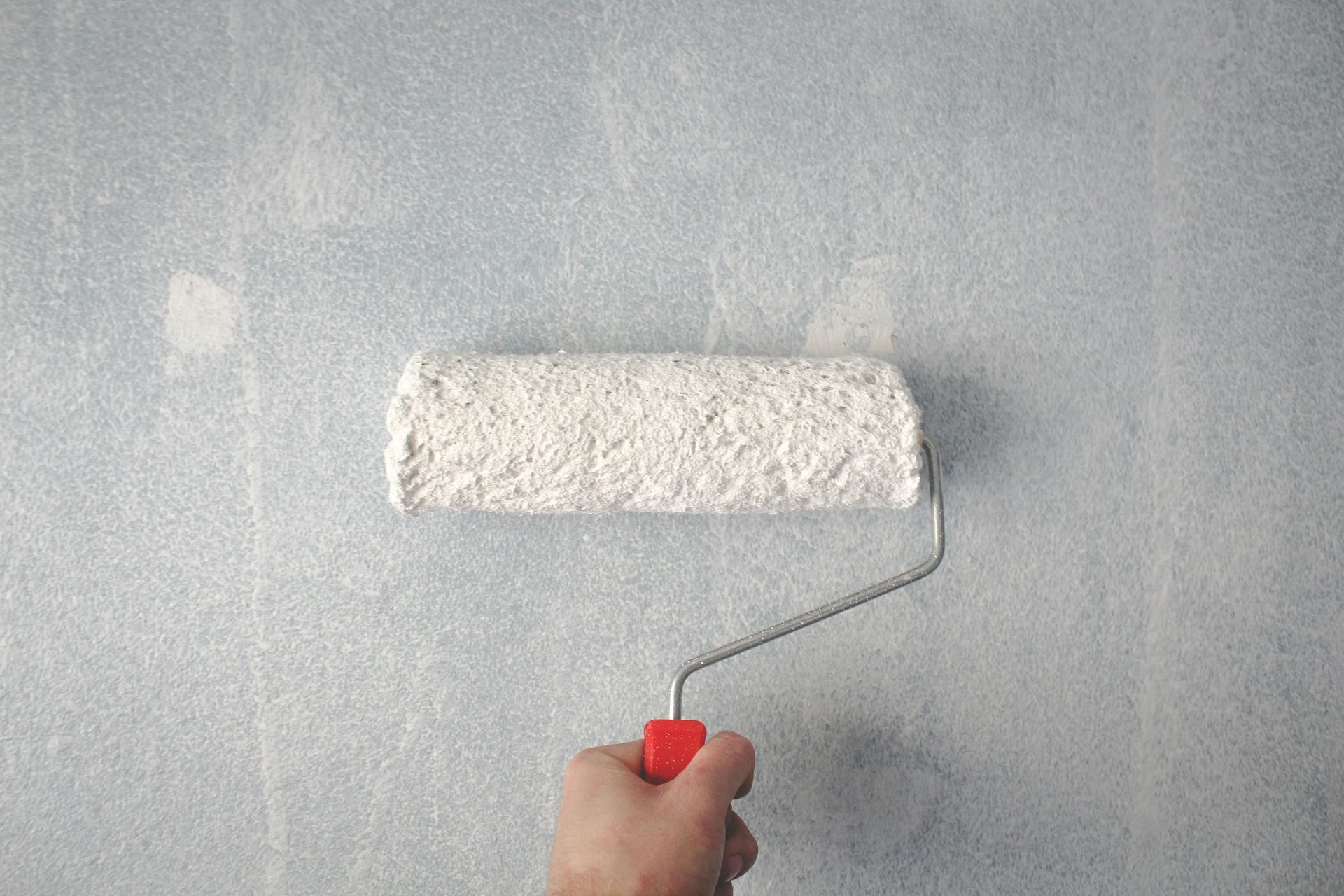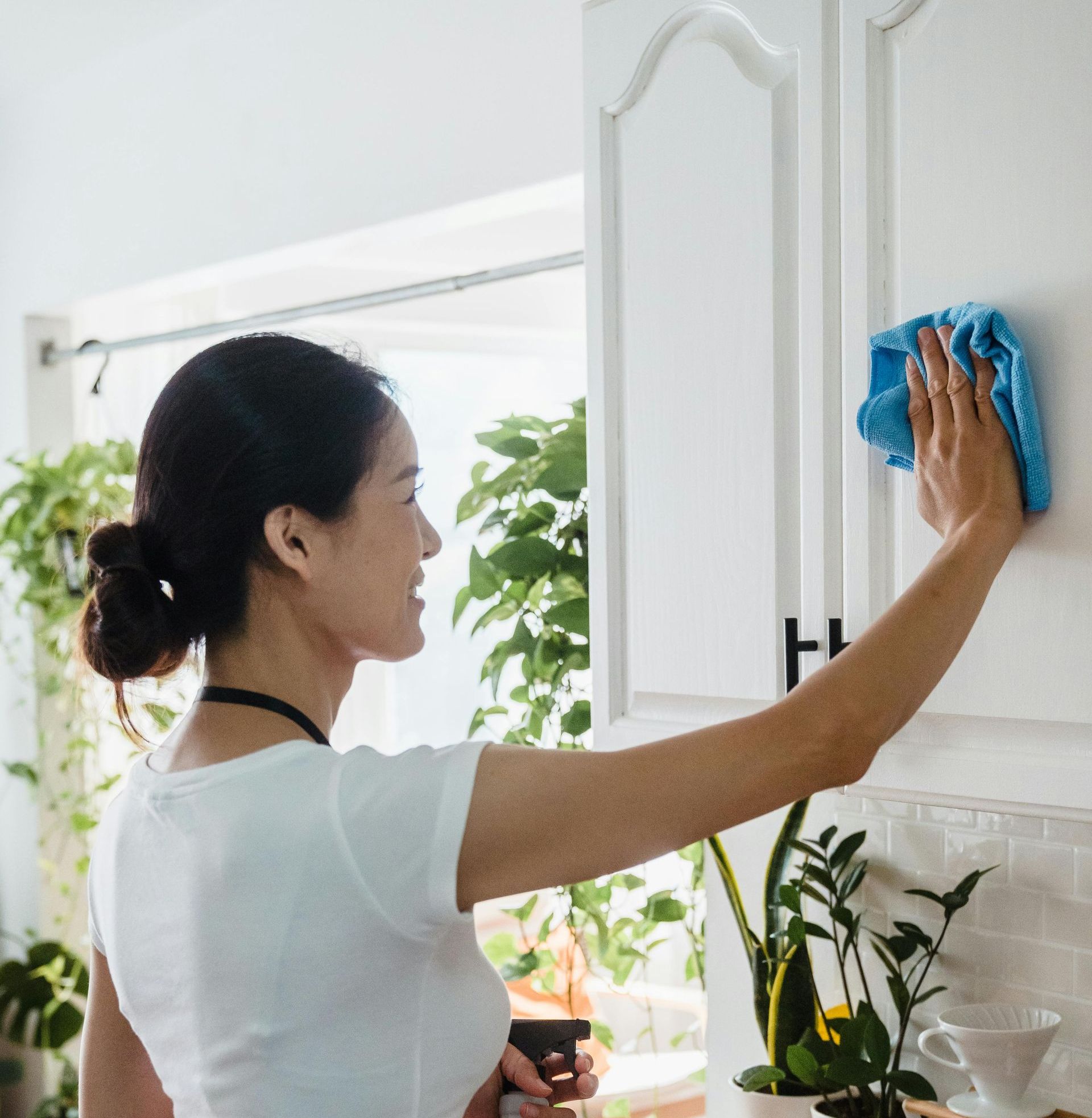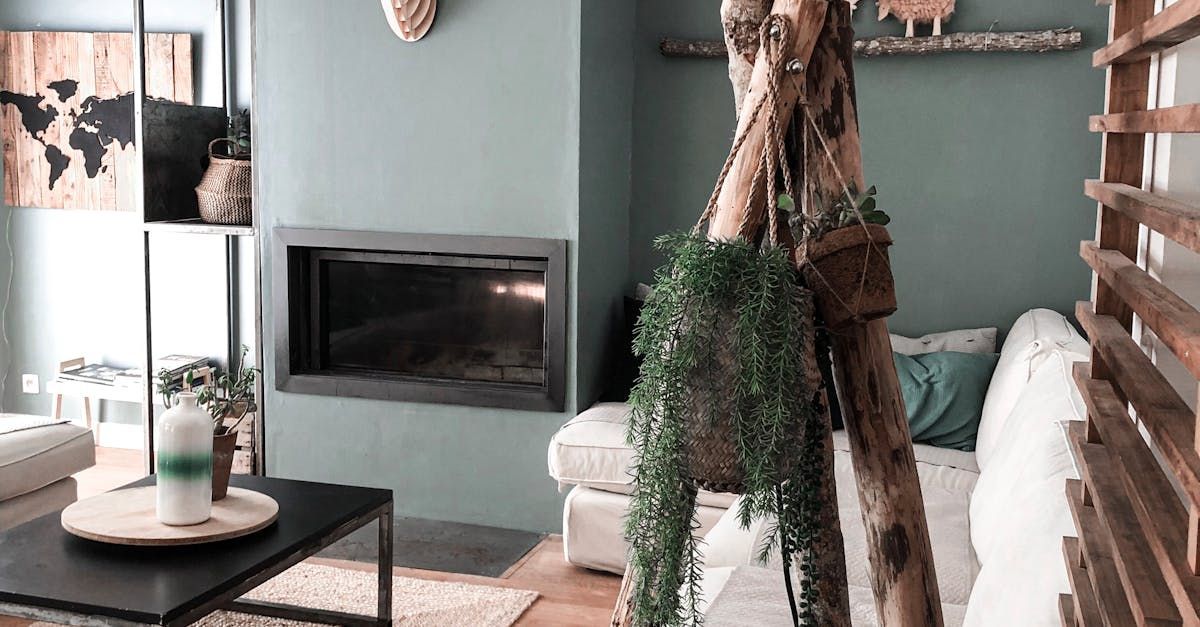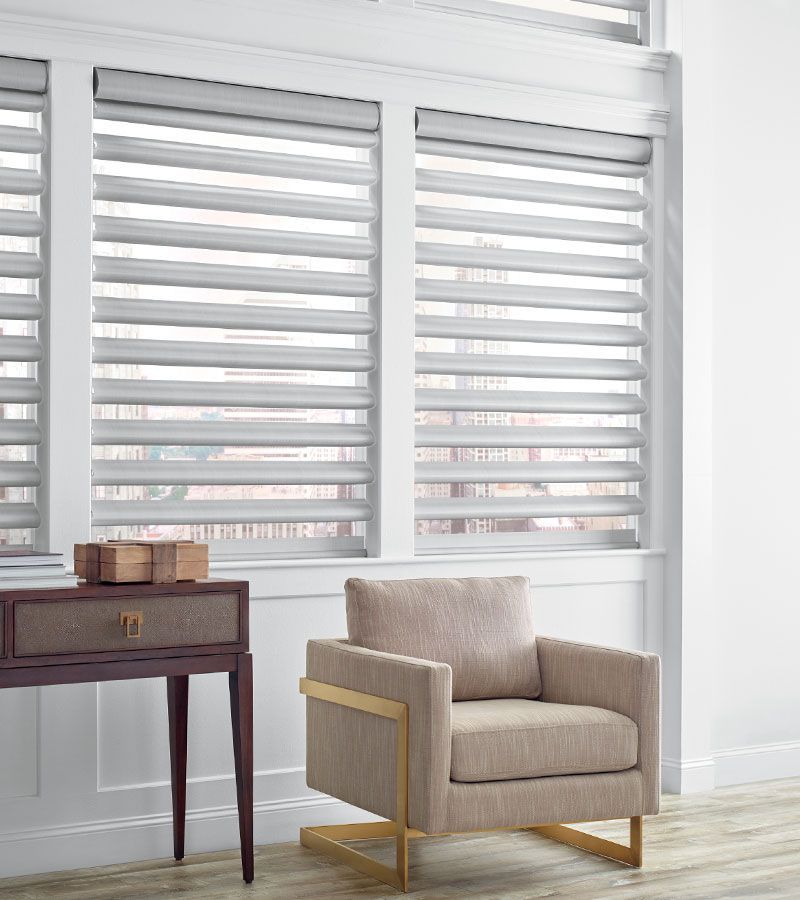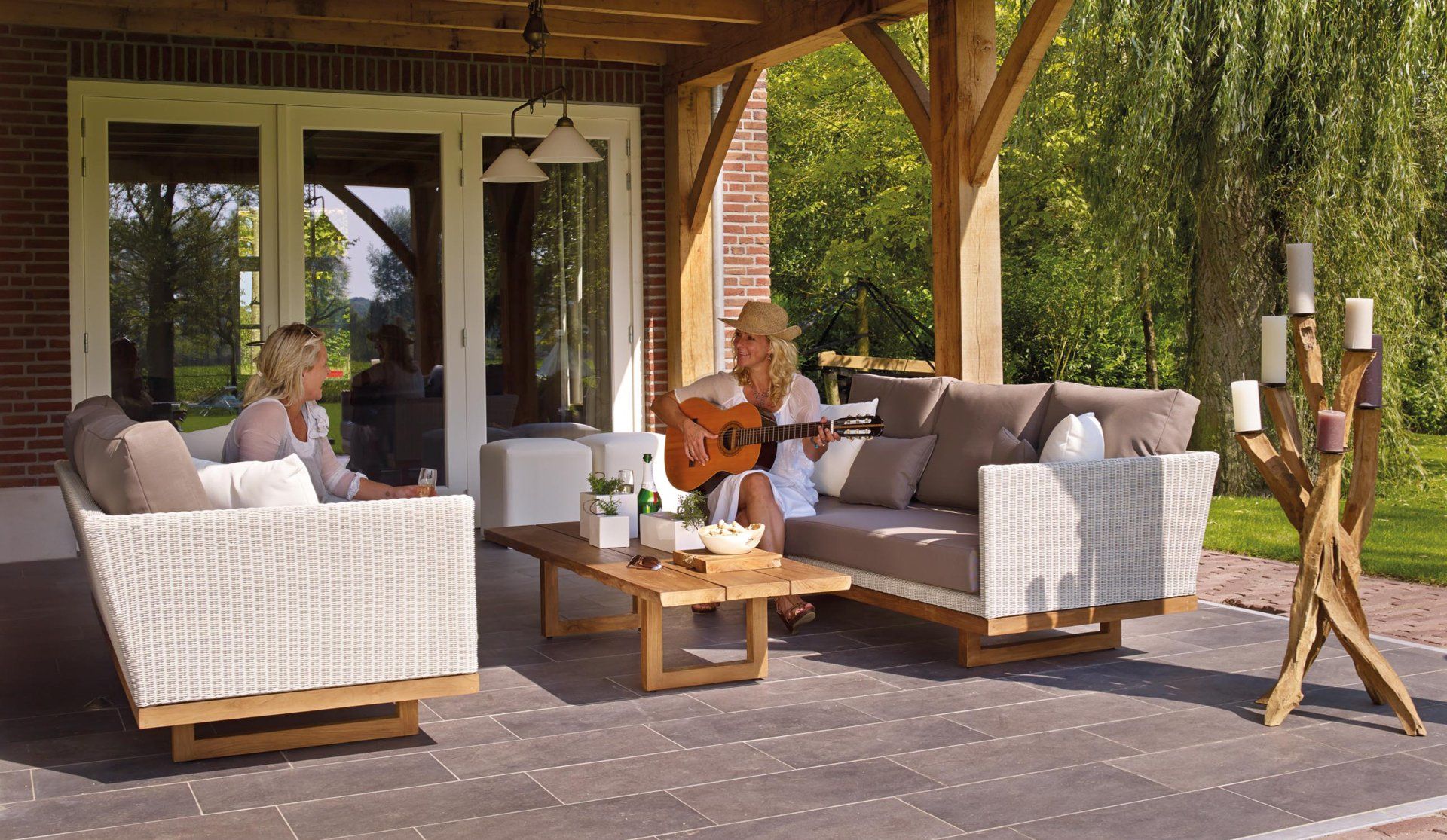Solving Common Furniture Stripping Challenges with Circa 1850
DIY furniture restoration is a favourite pastime for many. This creative outlet is also a sustainable approach to home decor — when done right.
While the process involves various techniques, paint stripping is crucial in successful restoration.
Keep reading to learn how to solve typical furniture stripping challenges with Circa 1850 paint and varnish remover.
Why Choose Circa 1850 Furniture Stripper
Circa 1850 D-Solver Gel Stripper removes old varnish, paint, shellac, urethane, and lacquer — even multiple coats. This non-ethylene, chloride-based, stay-wet gel formula won’t disturb your wood’s natural patina, raise the grain, or harm veneers or glue joints. It’s ideal for exterior and vertical surfaces, allowing for one-step stripping without neutralizing, requiring only a minimal after-wash.
Compared to other chemical strippers, Circa 1850 furniture refinisher is almost odourless, non-flammable, and safe for fine furniture — even antiques — and metal, stone, brick, and concrete.
Preparing for Your Furniture Stripping Project
Assessing your furniture pieces can help you properly plan the stripping process. Here’s how to prepare your furniture stripping project:
- Identify the material and finish: Different woods and finishes may need specific stripping methods and products.
- Check for lead-based paint: If your furniture dates back to before 1978, it may contain lead-based paint. A paint test kit can help you determine this. If lead is present, use extra precautions by wearing a respirator and working in a well-ventilated area.
- Evaluate the condition: Are there loose joints or surface damage? Decide whether restoration will fix these imperfections.
- Plan your workspace: Protect your surroundings with drop cloths, wear appropriate safety gear, including a mask, glasses, and gloves, and ensure adequate ventilation.
- Prepare your tools: Alongside Circa 1850, you may need paintbrushes, a scraper, a spatula or putty knife, rags, painter’s tape, and sandpaper.
Common Furniture Stripping Challenges and Solutions
Furniture stripping often comes with challenges:
Challenge #1: Removing Stubborn, Old Paint Layers
Circa 1850 softens and removes multiple paint layers. Its powerful chemical compounds break down various coatings to eliminate stubborn, old paint layers, doing the work for you.
Challenge #2: Stripping Paint from Delicate or Detailed Areas
For intricate, delicate details, consider using a smaller brush to ensure Circa 1850 reaches all the nooks and crannies requiring a more precise application.
Challenge 3: Minimizing Wood Damage and Discoloration
Circa 1850 won’t damage or discolour your wood. You can preserve its integrity using a soft-bristle or foam brush, applying Circa 1850 in thin layers, and avoiding excessive application.
Step-by-Step Guide on How to Use Furniture Stripper
Here’s how to use Circa 1850 paint stripper for wood furniture:
- Clean the wood surface, removing dirt, dust, and debris.
- Use painter’s tape to protect areas you don’t want stripped.
- Apply your Circa paint remover uniformly toward the wood grain, working in smaller sections for better control.
- Allow the stripper to sit for the recommended dwell time to penetrate and soften coatings.
- Monitor the progress. Circa 1850 will bubble or lift as it softens. Apply another layer if your coatings don’t lift in the recommended dwell time.
- Perform a scrape test to ensure the coatings have softened.
- After softening, use your scraper to remove the lifted paint or varnish.
- Remove any residue with your rags. You can use clean water to eliminate any residual stripper.
Aftercare and Finishing Touches
Circa 1850 doesn’t require neutralizing post-stripping, making aftercare easier. Once you completely strip your wood, use fine sandpaper to help smooth the wood surface and prepare it for finishing. Our
Benjamin Moore products, like sandpaper, sanding sponges, hand or pole sanders, and wood conditioners, pair well with
Circa 1850 and help ensure a successful finish.
Finally, apply any desired finishes, such as a clear coat or stain, to seal and enhance the beauty of your refinished woodwork.
Troubleshooting and Tips
Here are some tips for successful DIY furniture restoration:
- Research and patience: Before starting your project, research what you need for successful DIY restoration and have patience — rushing often leads to more mistakes.
- Set up your workspace: Ensure you have a well-organized, ventilated workspace.
- Test first: Test your paint stripper on a small, inconspicuous area to ensure wood compatibility.
- Multiple coats: If you have incomplete stripping after the recommended dwell time, add another coat.
- Post-stripping care: Thoroughly clean and sand your wood before applying your desired finish.
Where to Buy Circa 1850 Furniture Stripper in Calgary?
Planning on giving your old furniture a new lease on life by turning it into a stunning focal point?
Make the job simpler with Circa 1850 furniture stripper.
The friendly staff at your local Benjamin Moore Crowfoot store can provide the tools and expertise to walk you through your next DIY project.


